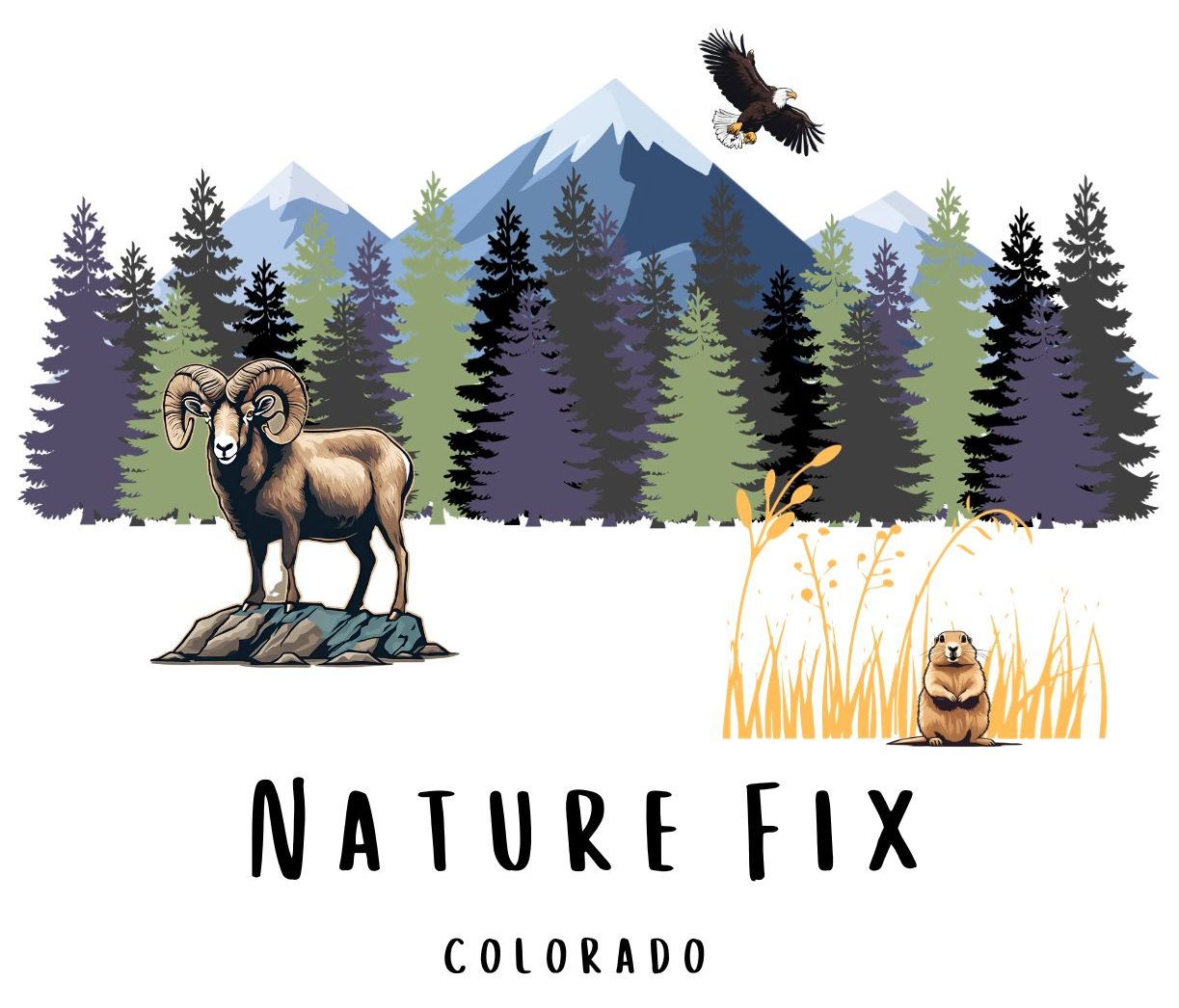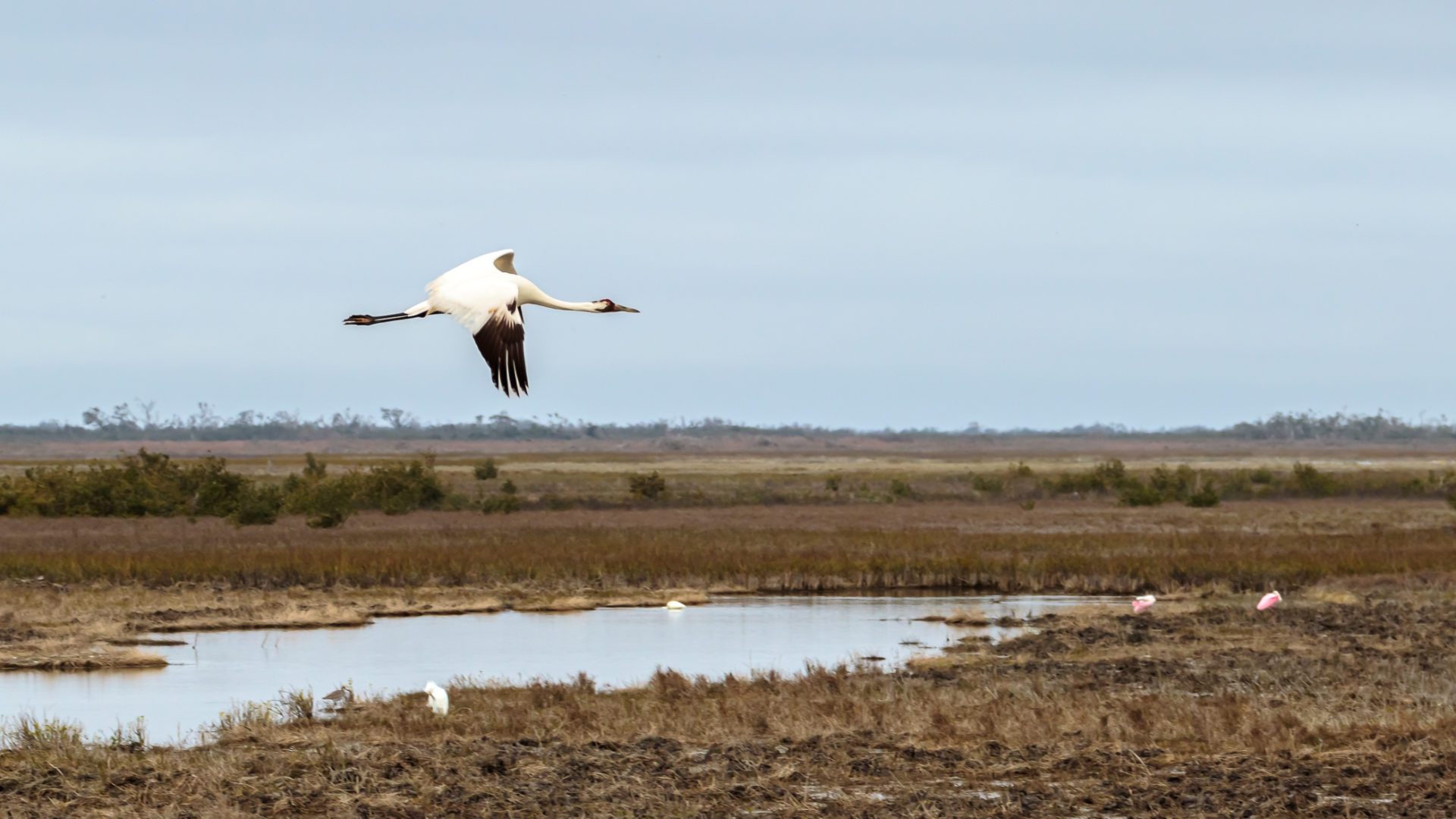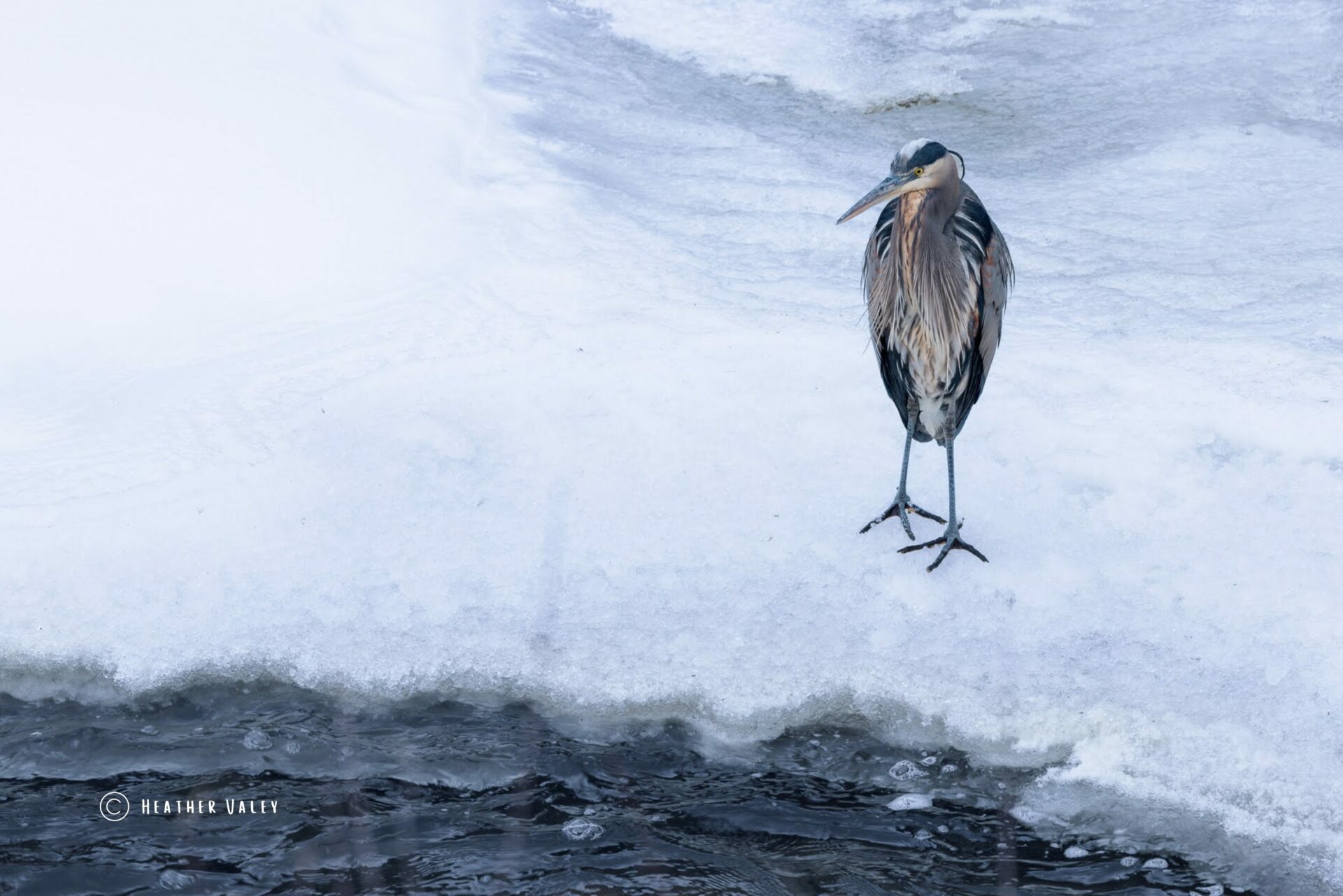One morning in January of 2018 I got up at the crack of dawn and drove from my home in Austin, Texas to Rockport on the gulf coast with the intention of seeing Whooping Cranes. It had escaped my mind that Hurricane Harvey had devastated the area 5 months prior, that is until I got closer to the coast. Tarped roofs and piles of gathered debris were on every street, as I drove through Rockport. Palm trees stood like broken pencils waving in the wind. The sight made me wonder about the potential harm that the after-effects of such a storm could inflict on these birds and what other climate change challenges they may face in the future. Unfortunately the area where the cranes nest, was hardest hit by the hurricane.

Meeting The Boat

I went to the Fulton Harbor Marina to meet the boat tour I had signed up for. The marina was marked by a weather-beaten bait shop under repair and a sparse dock. I found “The Skimmer” boat and Captain Tommy from Rockport Birding & Kayak Tours. He welcomed me aboard and shortly after, we headed into the bay toward the Aransas National Wildlife Refuge.
In 1937, President Franklin Roosevelt created Aransas National Wildlife Refuge by executive order to provide a breeding ground and rest stop for migratory birds. It also ended up being the only wintering ground left for migratory whooping cranes.
As we sped from the bay to the wildlife refuge, I delighted in seeing a great variety of water birds out on the sandbars, including pelicans, double-crested cormorants, black skimmers, and least sandpipers.

A Whooping Crane Overview
But the main attraction of the day was Whooping Cranes. Before I go any further, let’s dive into a brief overview on these birds. Whooping Cranes are the tallest bird and biggest crane in North America, measuring at 5 feet tall. They are white with a black wing tips and a red mark on their face above their beak. Historically, more than 10,000 Whooping Cranes lived and migrated in North America, including Canada & Mexico. In 1941 their numbers had plumetted to a scant 15 birds. This crazy decline in population was due primarily to over hunting, and development on coastal waters (habitat loss). Whooping cranes were listed as an endangered species in 1967, under the Endangered Species Preservation Act of 1966, which was the predecessor of the current Endangered Species Act. In 2017, there are approximately 700 of these birds nationwide, all descended from those original 15 individuals.
Each winter, they migrate to Aransas Wildlife Refuge in the Texas Gulf to fish for blue crab in the coastal marshes and estuaries. When spring arrives, they travel to Wood Buffalo National Park in Canada for breeding season.. These birds are monogamous and produce two chicks in a year. Unfortunately the strongest chick always kills the weakest chick. The purpose of having two chicks is to ensure that at least one survives, serving as an insurance plan. It’s a brutal thing to imagine, being pecked to death by your sibling… Ieee! There are a few other bird species who exhibit this type of insurance policy as well. Nature can be brutal.
Mission Accomplished…Whooping Cranes!

The tour on “The Skimmer” paid off! We spotted several Whooping Crane pairs, families, and sub-adult groups. By luck, we got close enough to observe one of the Cranes catch and eat a blue crab.The grand finale was witnessing a mated pair take off and fly right by us, disappearing into the depths of the refuge. Despite their leggi-ness, these tall, lanky birds move with grace. I am grateful that I had such a great opportunity to get out and see these amazing birds in the wild.

Challenges Ahead
Although the Whooping Crane populations appear to be recovering, they face several challenges this year, including the aftermath of Hurricane Harvey. The Cranes rely on blue crab as their primary winter food source, and these crustaceans require a delicate balance of salt and fresh water to survive. The hurricane brought an unusual amount of fresh water into the marshes, disrupting the brackish mix and creating uncertainty about the impact on the blue crab population this season. While this effect is expected to be temporary, scientists are still unsure about its full extent.
Warmer temperatures caused by Climate Change are causing the cranes to migrate earlier each year. This situation endangers the flock by potentially stranding them in the Midwest during severe storms that could prove fatal.
The Trump Administration has stopped funding for a successful breeding program at Patuxent Wildlife Research Center, which has been able to raise about 30 Whooping Crane chicks each year. Only time will tell if the Whooping Crane populations can rebound in the long term.
* Update: While the breeding program has been terminated at the Patuxent Wildlife Research Center, other groups have carried on their work. The population of of Whooping Cranes stayed stable through out the 2017 and 2018 season, but has grown in the few last years. As of 2021, the estimated number of wild Whooping Cranes is around 800 individuals.
Call to Action
There are was you can help.
- Support Eco-Tourism!
Eco-tourism gives value to animals and land that might otherwise not be considered valuable. If you happen to be near the Texas Coast in the winter and want to observe the Whooping Cranes in their natural habitat (which is highly recommended), you can book a ride on the “Skimmer” with Captain Tommy and crew by visiting their site, Rockport Birding & Kayak Adventures.
- Attend the annual Whooping Crane Festival in Rockport, TX, which takes place at the end of February.
Sources
- Climate Change has Whooping Cranes Starting Their Spring Migration Earlier
- Whooping Cranes
- Whooping Crane Populations Hit Historic High in 2018
- Whooping Crane Survey Results: Winter 2021-2022
- Meet the Louisiana Whooping Crane Class of 2022
- Whooping Crane Population: Endangered or Not?
- Texas refuge for rare whooping cranes damaged by HarveyTexas refuge for rare whooping cranes damaged by Harvey







I have to thank you for the efforts youve put in writing this blog. Im hoping to check out the same high-grade blog posts by you later on as well. In fact, your creative writing abilities has encouraged me to get my own website now 😉
I hope you put together your own blog soon!